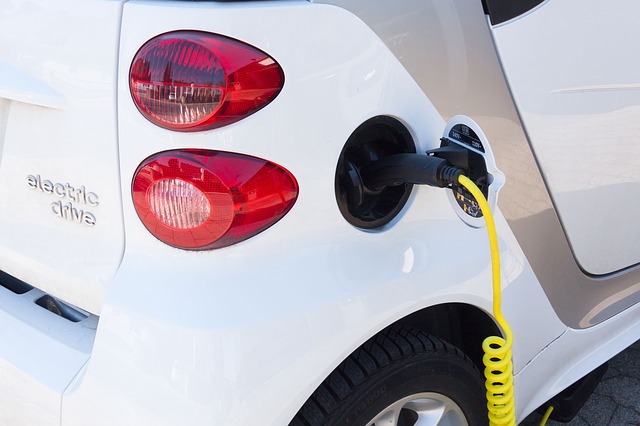What is meant by Rhizoremediation? How does it work?
In soils that have become contaminated by harmful pollutants that decrease soil fertility and permeability, there is a phenomenon called ‘Rhizoremediation‘ that takes place. Rhizoremediation is basically the process used to degrade these pollutants and organic compounds present in the soil rhizosphere.
Rhizosphere is the area around the plant root zone acting as a microhabitat where various kinds of bacteria, fungi, algae and other microbes reside and interact together to form the rhizosphere.
These organisms present in the soil rhizosphere carry out the rhizoremediation. The plant roots release organic compounds into the soil that stimulate the activity of these organisms which then result in the complete removal of these pollutants from the soil.
Also check out: Types of Bioremediation- Their Advantages and Disadvantages
Types of Remediation:
Rhizoremediation is one of the many types of Phytoremediation- an approach of using plants to remove contaminants from the soil environment. Other types include: Phytovolatilization, Phyto-transformation, Phyto-stabilization and Phyto-extraction.
- Phyto-volatilization: it is the use of plants and their tissues to remove volatile compounds that are taken up by the plant, thereby removing it from the soil and evaporated through the plant leaves by way of the stomata.
- Phyto-transformation: in this type of remediation, the plant takes up the contaminant from the soil and by means of its own metabolic processes that occur inside the plant or by the activity of various enzymes, and transforms it into a relatively less harmful substance.
- Phyto-stabilization: This type of remediation involves stabilizing the harmful heavy metals in the soil that can be taken up by plants and enter the food chain thereby posing a threat to the health of animals and humans. However, this requires specific plants that can tolerate heavy metal presence in the soil and stabilize them in the soil by preventing them from entering the food web. You may also want to check out, Environmental Impact of Heavy Metal Pollution in Pakistan
- Phyto-extraction: while Phyto stabilization only means that the heavy metals will be prevented from entering the plants, but still remain in the soil; Phyto extraction is used when the goal is to remove the heavy metal completely from the soil and collect them in parts of the plant like roots and shoots that are not consumed as food or fruit.
Benefits of Rhizoremediation:
- Rhizoremediation is great for the removal or harmful organic compounds and pollutants like petroleum, hydrocarbons etc.
- They completely degrade these compounds to very small particles or minerals that are then easily removed from the soil.
- It is an eco-friendly and sustainable method of treating contaminated soil and water as no other extra substance is used to treat the soil thereby preserving its quality and improving its fertility and health at the same time.
- It is an integrated way of dealing with soil contamination as only plants are used along with the natural existing microorganisms in the root zone of the plant (rhizosphere).
- This is a long term benefit since as long as the rhizosphere is active, there will be continuous recycling of nutrients and removal of toxic substances from the soil at no external cost.
Drawbacks of Rhizoremediation:
Some drawbacks of rhizoremediation are-
- Some more persistent pollutants like substances with high molecular weight (substance made of many polymers) and high number of chlorine attached to it cannot be degraded or removed from the soil. Thus, this process only works for mild to moderately contaminated soil. Severely contaminated soils cannot be treated via rhizoremediation.
- Sometimes, during rhizoremediation, instead of removing the toxic substance from the soil, it is possible that a more toxic and harmful substance is created which cannot be removed from the soil. For this reason, it is essential to see which plants can work to remove what kind of pollutants from the soil and vice versa.
What is the difference between Bioremediation, Phytoremediation and Rhizoremediation?
Rhizoremediation, Bioremediation or Phytoremediation are all environment friendly ways to treat the pollutants around us that contaminate our soil and water. The main difference between them is simply the type of organism used to remedy- i.e. treat the soil or water.
Related: Soil Pollution- Causes, Effects and Control
Phyto-remediation means we are using plants (Phyto) to treat (remedy) toxic substances in the soil or water. In case of Rhizoremediation, we simply use the microorganisms present in the rhizosphere of the plant root zone; and Bioremediation encompasses all of the above as its name is derived from Bio- living- which means all of the living organisms that can be used to remedy or treat the contaminated soil and water around us.
You might also like:
Types of Soils in Pakistan- Their Location and Properties
Condition and Effects of Soil Health in Pakistan
I hope you all liked this post! Please comment below if you have any suggestions, comments, or feedback! We at #envpk love hearing from our readers! Thanks!




